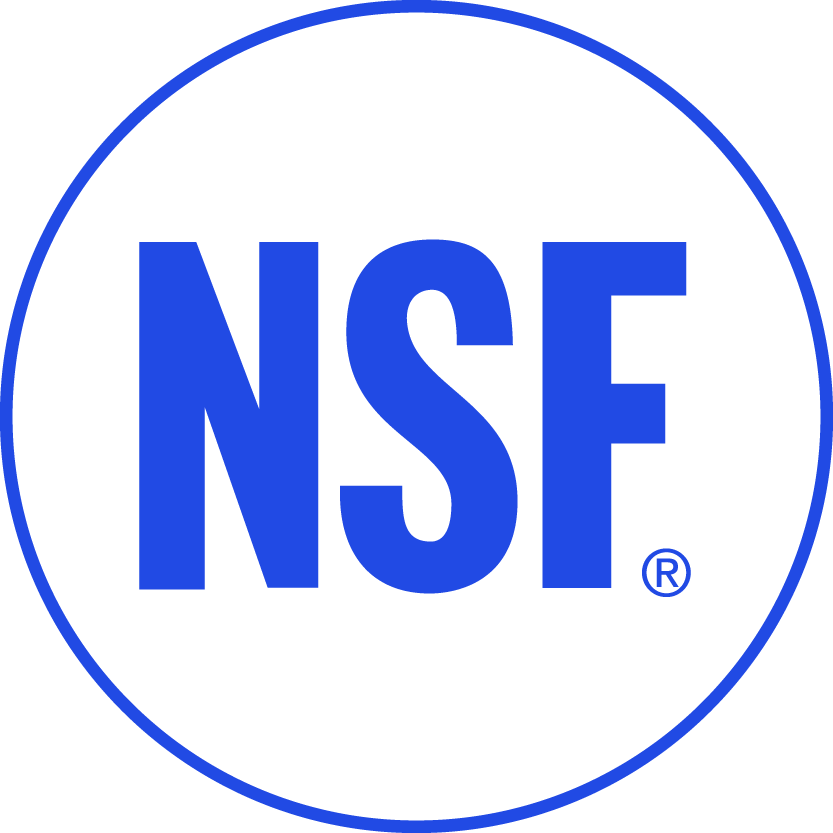Last week I ripped apart an old deck. I convinced myself it wasn’t a big project, and shouldn’t take that long. Shortly into the demolition I knew I had grossly underestimated the amount of time needed to finish it. This was despite the fact that just two years ago I’d done a similar project, which surprise surprise, also took longer than expected. This is a simple example of “the planning fallacy” — a concept of Nobel Prize-winning economist Daniel Kahneman which says we tend to display an optimism bias and underestimate the time needed to complete a project, even when we have experience with a similar task.
Causes of the Planning Fallacy and Impact on Supplier Food Safety and Quality Programs
As humans our nature is to be optimistic, which is great because the alternative (pessimistic) would be a terrible way to live. However it does result in a general trend of overestimating our ability to complete projects and tasks on time or get them done at all. It’s also our nature not to disappoint, and we often need to promise a certain deadline to even get the initiative approved.
So our nature and a lot of norms in the corporate world have the deck stacked against us. Plus, many organizations run with a very lean food safety and quality assurance team, making the scope of responsibility for many quality assurance personnel sometimes impossibly broad and doomed to fail.
Think of a quality assurance professional who has both supply side and more direct operational responsibilities. This individual is responsible for vetting new suppliers, visiting supplier sites and ensuring suppliers continue to meet quality and safety expectations. This person may also be responsible for quality assurance in production (at a manufacturer) or at the restaurant level (in a foodservice organization) where often more immediate resolution is needed.
Even if one’s entire focus is on the supplier side, it is easy to get caught up in a reactionary mode. Complaints piling up, managing corrective actions, site visits to suppliers to address issues can suck up all our time. And despite our best intentions we fall behind on the more proactive projects that are intended to get us out of the more reactionary spiral.
Strategies for Overcoming the Stacked Deck
Fortunately many organizations have realized the amount of effort required to manage the safety and quality of the supply chain. This has led to more strategic, integrated and systems-based approaches with support from functional areas across the organization. This is optimistic news for those who find themselves in organizations that haven’t adopted this philosophy. Here are a few tips to help you get started.
Find a Champion
Depending on your organization you may not feel empowered to change things. Seek out someone who can support you, a senior sponsor somewhere in the company who will listen. There are plenty of reasons to get started. Talk in dollars saved (costs avoided), talk in risks — whatever it takes to get their attention.
Start Small
Get started on a more strategic and proactive approach to supplier management as soon as possible. This great article, Uncomplicating the Supply Planning Process, suggests that if you’re overwhelmed with the task of supply planning, filter your suppliers down to the “significant few.” Rather than launching with your entire supplier base, start with a subset of the most important suppliers and build from there. Perhaps start with your largest suppliers by spend or with product categories generally deemed as higher risk. Starting with a small sample lets you test a process before scaling it up to the rest of the supply chain.
Ask for Help!
To keep pushing for that new head count, get a resource from another department to pitch in. Don’t be afraid to admit you can’t keep up with expectations. Finding some help can free you up to get started on a more systemic, structured approach that will lead to fewer headaches, and a safer supply chain.
Outsourcing can also make sense and you can incentivize the contract to increase the chances of the job being done on time (and on budget). A third party can boost your capacity in both expertise and horsepower and provide focus to a task that needs to get done but continually gets pushed aside as more immediate priorities pop up. To increase your confidence in finding a partner you can trust, get referrals for similar work completed. Learn more in this outsourcing article.
At the very least, know you’re not alone. Food safety and quality professionals, and pretty well every human alive, tends to bite off more than they can chew. Being at least aware of these general tendencies can help us plan a little bit better in all that we do and, if nothing else, make us feel less bad when we don’t get everything done.
Author:Scott Arnald works as a supervisor on the consulting team at NSF providing services that help companies manage the food safety and quality of their supply chain. You can reach him at sarnald@nsf.org.
This post is one in a series on managing the quality and food safety of a supply chain as a manufacturer, restaurant brand or foodservice company.
Sign Up to receive the latest supplier management news.
Learn more about NSF’s Supplier Management Services.
